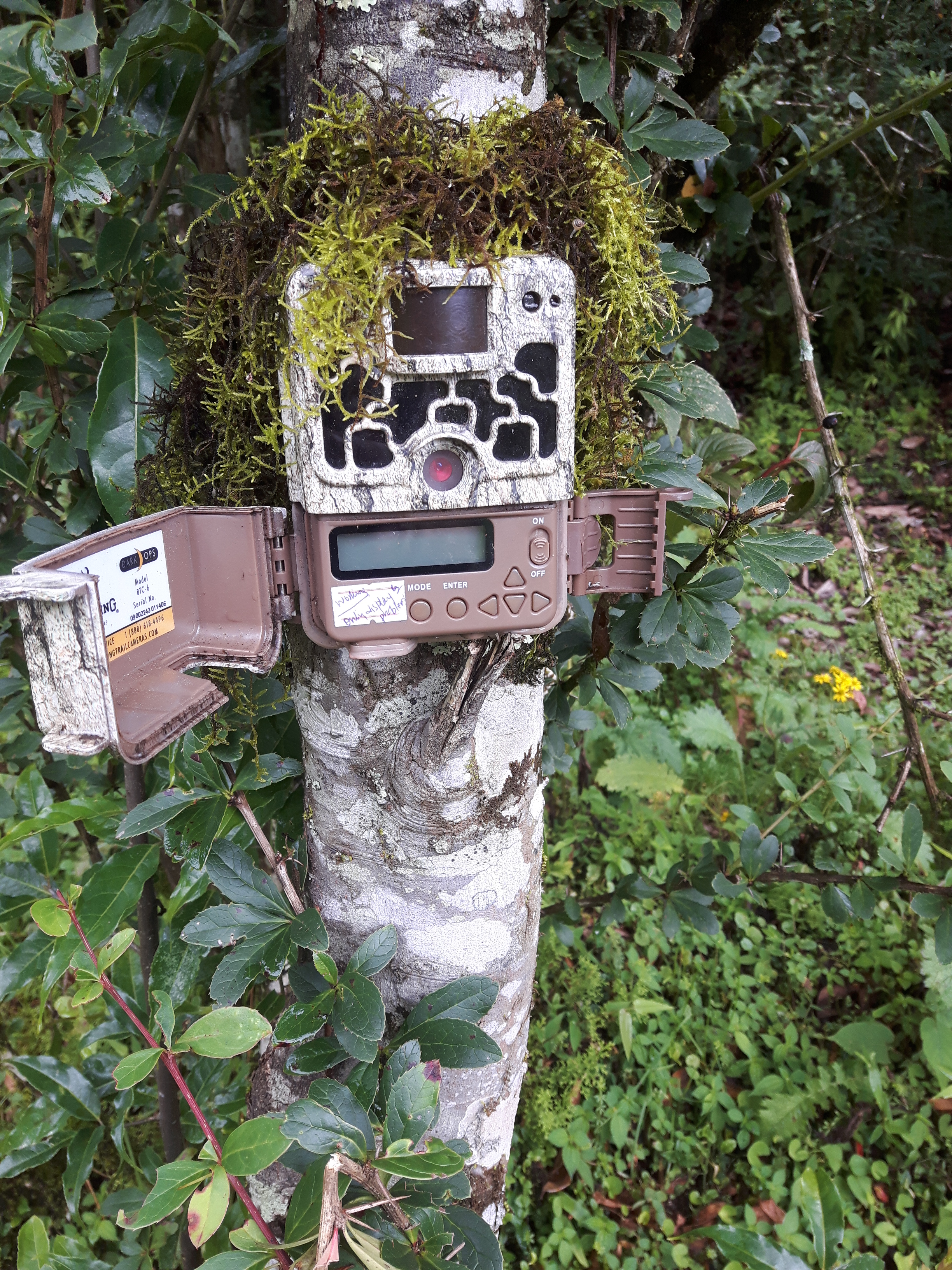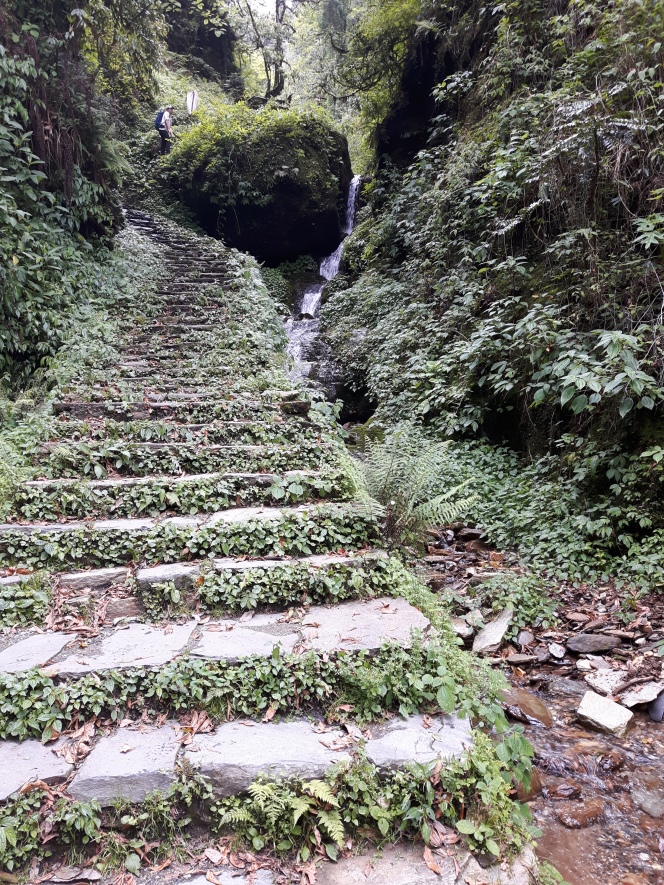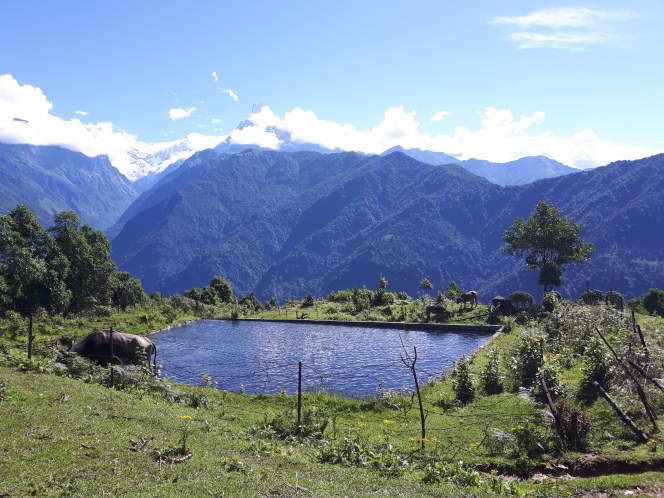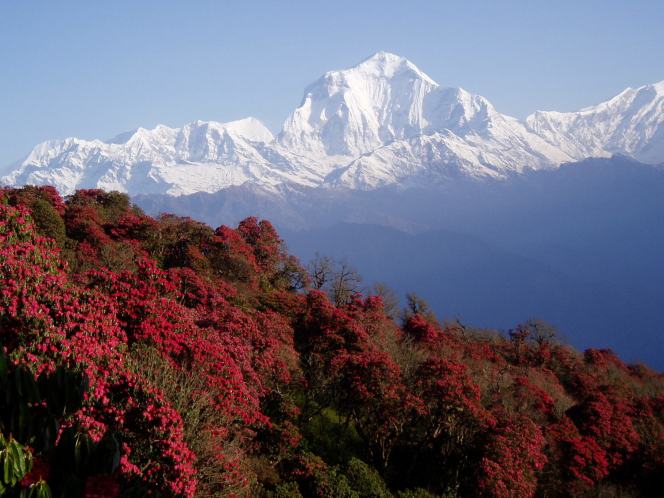As the title mentioned, I stayed in the village of Ghandruk, but, instead of communing with nature, I was actually doing conservation work for the Annapurna Conservation Area Project (ACAP). In fact, this title is misleading because I didn’t just eat pasta, I also ate potatoes and had dal bhat (basically rice and lentil soup) at three times that amount of pasta. As I make an awkward transition to a new paragraph, I guess you’re wondering, “Why conservation work in Nepal, and what was Ryan’s experience there like?”

Principally, I saw this Stretch Experience as an opportunity to acquire work experience related to my degree: Environmental Science, and I treated the Experience like it was a job. So, what did I do? To sum it up like Bubba Gump, I did bird surveys, butterfly surveys, botanical surveys, orchid surveys, moth surveys, nocturnal surveys, reptile surveys, amphibian surveys, martin and swallow surveys, opportunistic reptile surveys, opportunistic primate surveys… that’s about it. I also did camera trapping. But most of us have a job and jobs are relatively boring. So what was interesting or challenging about this volunteering opportunity in some isolated mountain village?
Well, what was both interesting and challenging is what you see in the above picture: stairs. There is EXTREMELY little vehicular access to the Annapurna region because there is little occurring development in the interior. These stairs are the roads, our legs are our cars, and complaining about climbing while we climb is our fuel for our cars. People have to physically bring goods to their villages on foot from larger centres to make life more comfortable than sustaining on rice and water and living in mud huts. The best available mode of transportation is mule caravans. Each time I have pasta, I thank the person who carried boxes of macaroni on their head from Pokhara to Ghandruk to feed me. It is no joke that I had to go to my research site and go back to my homestay, uphill, both ways, in the rain. So, in a way, I almost had it as hard as your grandparents when they used to go to school. But by the end of my stay, I had muscles in my legs where I thought there were no muscles and I had a friend turn around to admire my calves.
So, you may be wondering, “What does this conservation research hope to achieve?” I tried to find a picture in my album to help answer this question, but it doesn’t do any justice. Basically, sustainable development. Nepal depends on tourism as a revenue generator and the Annapurna region is famous for its relatively pristine wilderness, its trekking circuit, and is home to Annapurna I and II, two of the highest mountains in the world. As development occurs in the region through road development to increase access to hospitals and schools, increasing access to safe drinking water to the people through pipe building, and building dams to generate electricity, there needs to be a balance between such development and the region’s natural attractions so the people can both have a better quality of life and a means to make a living. ACAP uses the data my group collected to strive to make this balance. This year, ACAP made a management plan to expand on the area’s existing waste disposal system (which is right now burning garbage) and hope to use the new road that just connected to Ghandruk to ship the rubbish to the cities for better disposal. There is an ongoing issue in the interior where the rhododendron forest isn’t regenerating while the edges are. The rhododendron forest is home to Nepal’s national flower (Rhododendron arboreum), and if it isn’t regenerating, then the region will lose some of its cultural value. I hope with time that the Nepal Conservation Project, the program I volunteered for, collect enough data to answer this issue so that ACAP can reverse this trend so that people today and the next generation can enjoy the flowers when they visit the Annapurna region.

Photo Credit: Hotel Shanker

